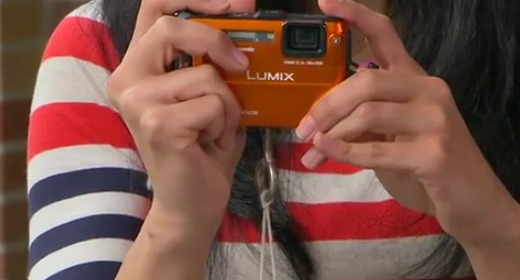Make a camera mount
Build a simple adjustable camera mount from cardboard, tape, and a tripod screw or phone clamp, test angles, and photograph steady shots.



Step-by-step guide to make a camera mount
DIY Articulating Arm Mount for a Phone or Camera
Step 1
Gather all your materials and clear a flat workspace so you have room to build.
Step 2
Use your ruler and pencil to mark a rectangle about 15 cm by 10 cm on the cardboard for the base.
Step 3
Cut out the rectangle base carefully using scissors with adult help if needed.
Step 4
Mark and cut a long strip about 4 cm by 12 cm from cardboard to make the upright support.
Step 5
Fold the long strip into a triangular column shape to make it strong.
Step 6
Tape the folded column along the seam so it stays rigid and sturdy.
Step 7
Cut a small square platform about 6 cm by 6 cm from cardboard to hold the camera.
Step 8
Make a small centered hole in the platform and attach the tripod screw by pushing it through and securing with a washer or nut or tape the phone clamp down firmly if you are using one.
Step 9
Tape one edge of the platform to the top of the upright using a folded tape hinge so the platform can tilt.
Step 10
Cut a narrow slit in the center of the base and insert the bottom of the upright into the slit so it stands up.
Step 11
Tape around the upright at the base to hold it steady while still allowing the upright to tilt a little.
Step 12
Mount your phone or camera onto the platform carefully so it is held by the screw or clamp.
Step 13
Gently tilt the platform to test different angles and make the mount firmer by adding extra tape where you feel wobble.
Step 14
Take a few steady test photos and tweak the angles until your shots are sharp and stable.
Step 15
Share a photo of your finished adjustable camera mount and your best steady shot on DIY.org
Final steps
You're almost there! Complete all the steps, bring your creation to life, post it, and conquer the challenge!


Help!?
I don't have a tripod screw, washer, or nut—what can I use so my camera or phone stays attached to the platform?
Instead of the tripod screw and washer, push a short wood or machine screw (about 3–4 mm thick) through the centered hole in the 6x6 cm platform and secure it with a small washer or use heavy-duty double-sided tape to stick the phone clamp to the platform as the instructions suggest.
My upright keeps wobbling or falls out of the slit—how can I make the support more stable?
Make the 4x12 cm strip into a tighter folded triangular column and tape the seam firmly, cut the base slit so the column fits snugly, and tape around the upright at the base plus add extra tape under the base where the instructions say to stabilize it.
How can I adapt this activity for younger children or make it more challenging for older kids?
For younger children, pre-cut the 15x10 cm base, 4x12 cm strip, and 6x6 cm platform and let them fold and tape the column and attach the clamp with supervision, while older kids can measure precisely, install a bolt-and-nut pivot through the folded tape hinge for adjustable tilt, or reinforce seams with hot glue following the same steps.
How can we improve or personalize the camera mount for better photos or a unique look?
Add weight under the 15x10 cm base by taping coins or a small rock to reduce wobble, decorate the base and 6x6 cm platform with paint or stickers, and replace the folded tape hinge with a small bolt through the platform top to lock the tilt for steadier shots.
Watch videos on how to make a camera mount
Making a wooden toy camera for my kid (design inspired by the Fuji x100 series)
Facts about DIY photography accessories
📦 Corrugated cardboard is strong because a wavy (fluted) layer is sandwiched between flat liners, giving extra stiffness for DIY builds.
📏 Most camera tripods and phone clamps use a 1/4"-20 screw — a tiny universal size that fits most cameras and adapters.
🎯 Photographers often use the "rule of thirds": placing subjects along imaginary gridlines usually makes pictures more interesting.
📐 Triangles are the strongest shape in building — adding triangular braces makes cardboard mounts much steadier.
📷 Using a tripod lets you take long-exposure photos (seconds to minutes) that would be blurry when handheld.
How do I build an adjustable cardboard camera mount for kids?
What materials do I need to make a simple camera mount from cardboard?
What ages is this cardboard camera mount activity suitable for?
What are safety tips, benefits, and variations for a DIY camera mount?


One subscription, many ways to play and learn.
Only $6.99 after trial. No credit card required



